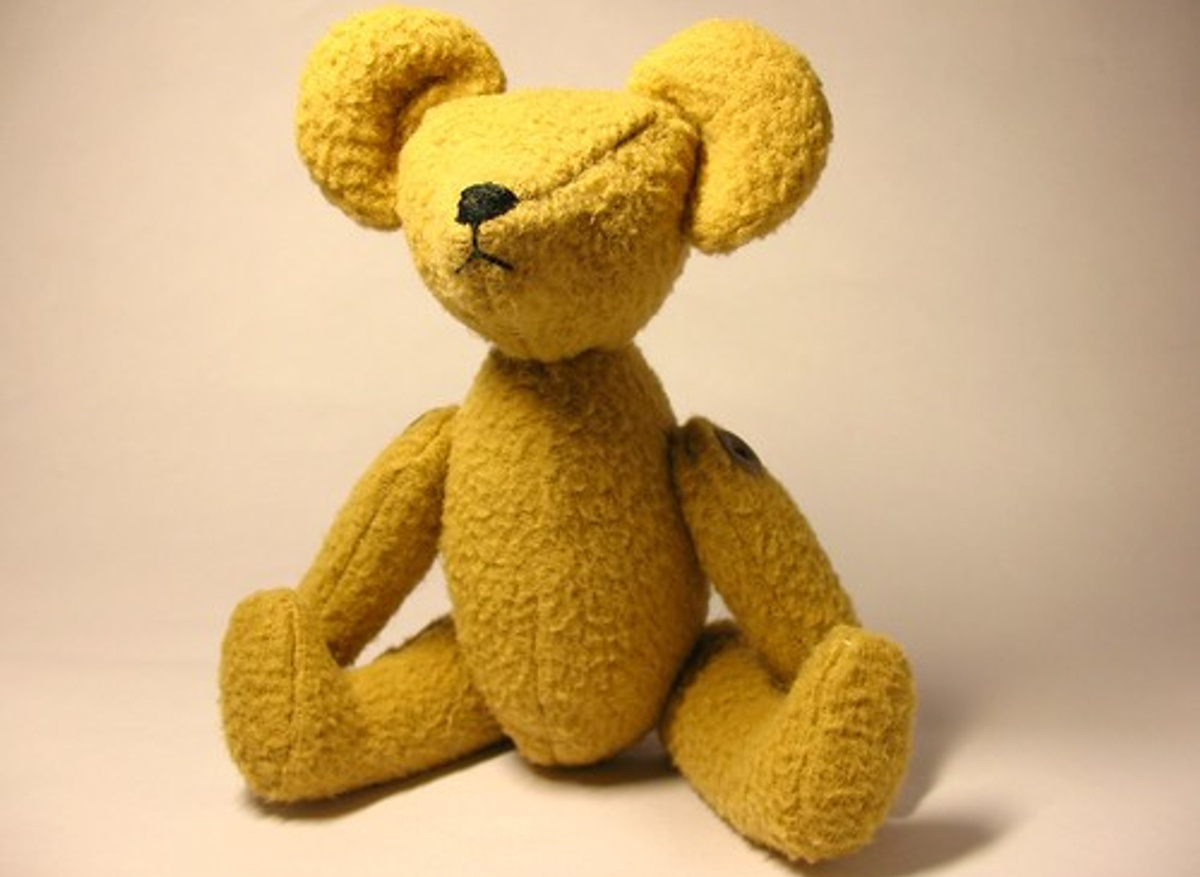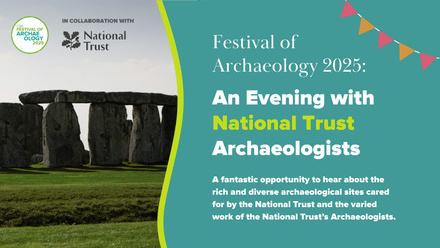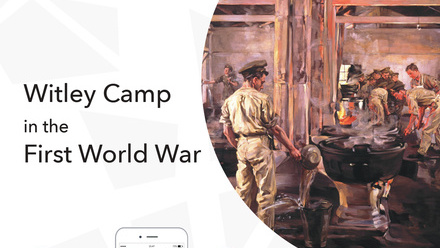What happens to objects once they have been excavated? Some rest in permanent storage, but some artefacts are display in museums; many lie behind glass, but some of the sturdier objects, or replicas, can be handled by visitors. Literally get in touch with the past is a magic experience that we, as archaeologists, understand well - but what do these objects say to us?
Meet the Malton Bear! This amazing jet figurine of a bear was discovered at the Roman Fort in Malton and is currently in Malton Museum. It feels as though it is an 'honest object' - one which can directly communicate with us. This bear was found buried with a child, and it has been suggested that the bear was intended to protect the child in the Underworld, as mother bears were known to fiercely protect their cubs.
This reminds us of the "Teddy Bears" which today are part and parcel of childhood - we can easily relate to it. But was it always so? These are the difficult questions archaeologists have to ask when we find, display, and talk about pieces of the past.
Teddy bears only really became popular in the early twentieth century and were named after Theodore Roosevelt, President of the USA, in 1902. In England about the same time, the illustrated stories of Beatrix Potter popularised tales of "small cute animals", and famous bears like Michael Bond's Paddington or A.A. Milne's Winnie-the-Pooh helped to build the idea of harmless, cuddly bear friends for generations of children. These tales have influenced our perceptions of objects such as the Malton jet bear. We cannot be sure that our interpretations of objects such as these are not coloured by the cultural "zeitgeists" of the twentieth and twenty-first centuries.
In the Roman period, bears were more common in Europe and there may even have been brown bears living wild in Britain. They were large, dangerous animals, and bears would be captured and brought to Rome for gladiators to fight. Is it fair to think of this bear as a cuddly guardian for the child it was keeping company? Should we as archaeologists be worried about possibly misrepresenting this little figurine to our museum visitors, 2000 years after it was made?
Yet to see the bear, even behind glass, evokes a sense of being in direct emotional contact with the peoples who lived in Malton in the Roman era. To handle the 3D printed replica of the jet bear in Malton Museum's handling collections also appears to enhance that connection. But what did this artefact really mean to the Romano-British population at Derventio Brigantum (Malton) and can we ever really know?







